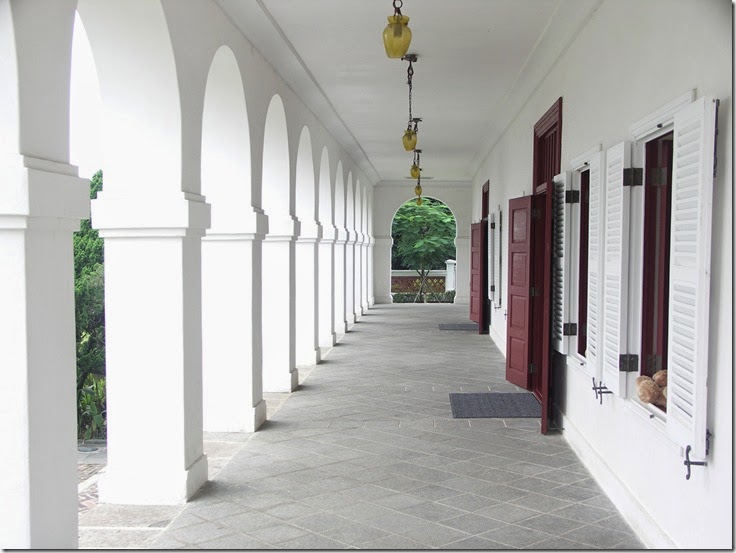本文發表於《福嚴佛學研究》第四期,(2009),141-168頁,承蒙溫宗堃老師慈允,讓本部落格刊載此文。
初期佛教的經行--兼論當代上座部佛教的行禪*
The Practice of Caṅkama in Early Buddhism: with a Brief Survey of the Methods of Walking Meditation Practiced in Contemporary Theravāda Buddhism
溫宗堃
摘要
本文旨在探討初期佛教「經行」的理論與實踐。文章的主體部分,以初期佛教文獻——即保存於漢譯、巴利的阿含/尼柯耶及律典——為基礎,探討「經行」的場所、利益、時間、禮節,以及修習方法。其中,也運用後期的佛教文獻,如巴利注釋書與中國古德的著述,以了解佛世之後的佛教徒如何詮釋、實踐初期佛教的「經行」。文章的第二部分,略述經行在當代南傳佛教禪修系統中的修習概況,並探討緬甸馬哈希傳統所教導的行禪方法。
This article aims to investigate the theory and practice of jing-xing (Pali caṅkama; Sanskrit caṅkrama) in Early Buddhism. The main part of this article discusses the concept of jing-xing based on the early Buddhist literature i.e. the Āgamas/Nikāyas and Vinayas preserved in Pāli and Chinese. Latter Buddhist texts including the Pāli commentaries and the works of ancient Chinese monks are utilized to facilitate our understanding of how Buddhists after the death of the Buddha interpreted and practiced jing-xing. The second part gives a brief survey of the methods of caṅkama practiced in various meditation systems of contemporary Theravāda Buddhism, and discusses the techniques of practicing walking meditation taught by the tradition of Mahāsi Sayādaw of Burma.
目次
* 本文初稿曾發表於「第二屆巴利學與佛學研討會」,南華大學宗教所主辦,地點:台北放生寺。時間:2008年10月17-18日。


沒有留言:
張貼留言